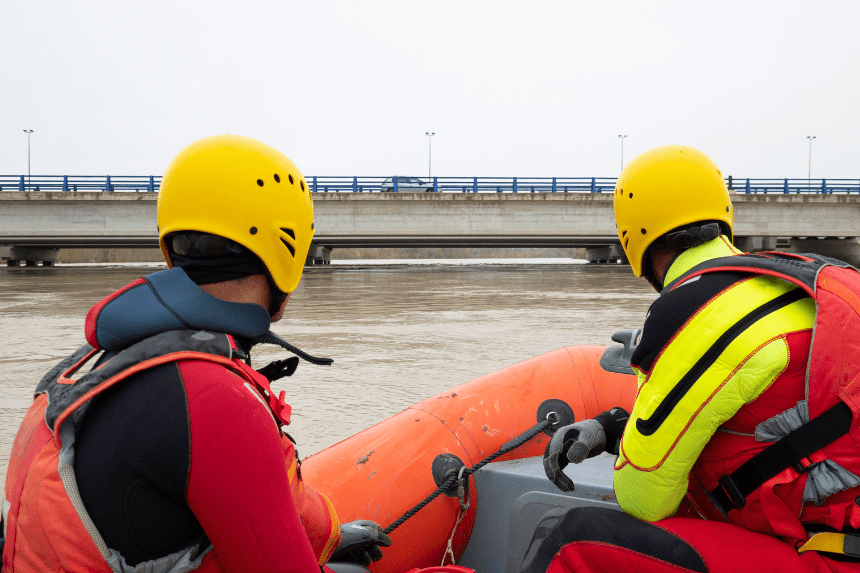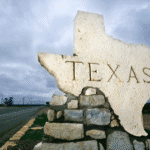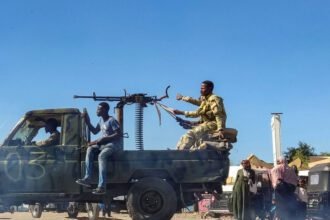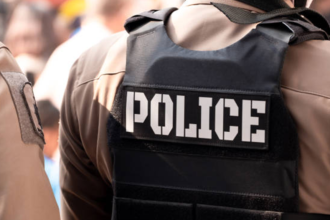Emergency response teams in Sokoto State, northern Nigeria, are still looking for more than 25 people who are still missing after a terrible boat accident on the River Goronyo. On Sunday, a boat that was said to be carrying more than 50 people to a local market collapsed in the middle of the trip. So far, authorities have saved 25 passengers alive, and they are still working to find more.
The National Emergency Management Agency (NEMA) has worked with local officials to get more resources to speed up the search. The terrible episode once again brings to light the serious safety issues that come with traveling by water in Nigeria, especially in remote areas where rules aren’t always followed.
What Made the Boat Flip Over in Sokoto?
Early reports say that the boat was too full and may not have had enough safety procedures in place. Witnesses said that the majority of the people on board did not have access to life jackets. The boat was on its way to a neighborhood market when it flipped over, sending its passengers into the river.
Overloading and not taking care of boats are common problems in Nigeria’s inland water transport. In this situation, people are wondering if the operators followed the safety guidelines that the government already had in place. There are still investigations going on to find out what caused the tragedy and if anyone was careless. Here is the link to our article on the Boat Capsize Tragedy.
Do boat accidents happen a lot in Nigeria?
Sadly, absolutely. Boat accidents happen a lot in Nigeria, especially when it rains and the water levels go up. In December 2024, a boat thought to be transporting more than 200 people sank in the River Niger, and 54 remains were found. In a different event that happened a month earlier, around 200 people perished when a wooden boat capsized in the same river.
Market traders, family, and wedding guests often have to travel large distances in risky conditions for these events. Many of these boats aren’t made for carrying passengers for money, but they are still the major way people get around in riverine areas.
What are the authorities doing about the crisis?
The Nigerian Inland Waterways Authority (NIWA) and the National Emergency Management Agency (NEMA) are in charge of rescue attempts and making sure that safety rules are being followed on local waterways. There are rules that say you have to wear life jackets and check your boat, but they aren’t always followed, especially in remote regions that don’t get a lot of attention.
Local governments have been told to put tougher controls in place. There are also talks going on about how to pay for better transportation infrastructure and make sure that commercial boats are checked on a regular basis. The government has promised a complete probe into what happened in Sokoto to stop other deaths. Here is the link to our article on Smuggling Boat Capsizes.
What can be done to stop boat accidents from happening again?
Experts say that Nigeria’s inland water transport sector has to change right away. Some of the suggested steps require boat operators to go through training, regular inspections, stricter enforcement of rules, and making sure that boaters have the right safety gear, such as life jackets. In high-risk areas, it’s also important to raise public knowledge regarding water safety.
Investing in safer, more modern boats and building ferry services in different areas could also help people stop using old or improvised boats. To put these long-term solutions into action, federal, state, and local governments will need to work together.
Final Thoughts
The latest boat disaster in Sokoto shows how much Nigeria needs long-term changes to its water transportation system. Families of missing passengers are still waiting for news as search efforts continue. Authorities need to stop reacting and start focusing on long-term safety plans. These kinds of catastrophes could keep happening if there isn’t better infrastructure and stronger enforcement. To stop future boat accidents and save lives, it is very important for government agencies and local communities to work together.








